Before I drop some facts about plastic pollution, take a moment to look around you. Whether it be your phone case, the cup you’re sipping from, or the container that holds your lunch, almost everything is made of plastic. We use plastic products so much they are literally apart of us. Don’t believe me? The Environmental Heath News states,”Chemicals added to plastics are absorbed by human bodies. Plastic buried deep in landfills can leach harmful chemicals that spread into groundwater.” As we produce more plastic, it ends up harming the environment and ourselves. Plastic pollution also destroys animals and entire ecosystems. Don’t believe me? You need to read these 25 scary facts about plastic pollution. By the end, the shocking facts will likely change the way you use plastics.

Production of plastic has rapidly increased
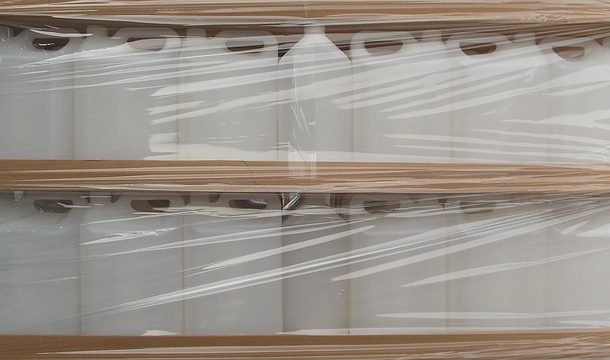 Source: https://oceanconservancy.org/blog/2017/07/19/8-new-facts-plastic-care/
Source: https://oceanconservancy.org/blog/2017/07/19/8-new-facts-plastic-care/ Studies show that plastic production has increased from two million tons in the 1950’s to 380 million tons in 2015. By 2050, it’s estimated that 34 billion tons will have been produced.
Germany recycles the most
 https://www.weforum.org/agenda/2017/12/germany-recycles-more-than-any-other-country/
https://www.weforum.org/agenda/2017/12/germany-recycles-more-than-any-other-country/ Germany recycles around 56% of its total waste. Austria comes in second with 53% and South Korea ties with Wales with 53%. The United States is not even on the top 10 list.
The fight on plastic pollution began in American on December 31st 1988
 https://www.conserve-energy-future.com/intriguing-facts-about-plastic-pollution.php
https://www.conserve-energy-future.com/intriguing-facts-about-plastic-pollution.php The international agreement named MARPOL Annex V prohibits throwing away plastic waste into the marine environment.
46% of plastics are floating on the worlds oceans
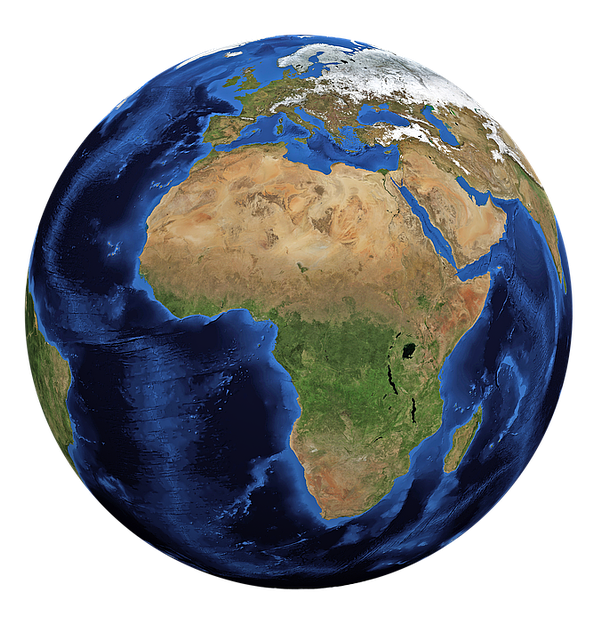 https://www.conserve-energy-future.com/intriguing-facts-about-plastic-pollution.php
https://www.conserve-energy-future.com/intriguing-facts-about-plastic-pollution.php Nearly half of our oceans have plastic waste floating on its surface. Who knows how much plastic has already sunken to the deepest depths on the oceans floor.
Plastic cups take 50 to 80 years to decompose
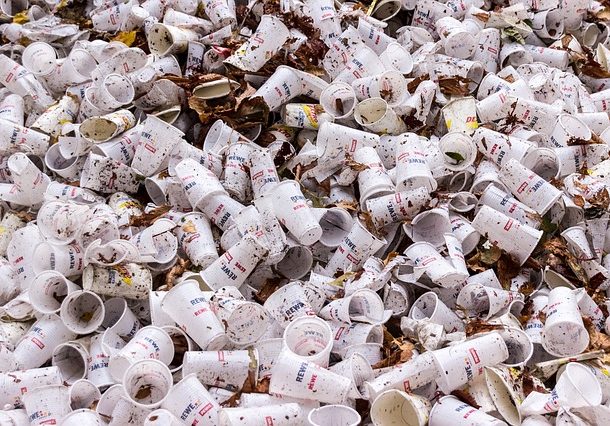 https://www.conserve-energy-future.com/intriguing-facts-about-plastic-pollution.php
https://www.conserve-energy-future.com/intriguing-facts-about-plastic-pollution.php Since plastic cups contain non-renewable materials, it takes an extremely long time for plastic cups to decompose. Places like Starbucks are offering 10 cent discounts if you bring in your own reusable cup.
Energy is saved by recycling
 https://www.conserve-energy-future.com/intriguing-facts-about-plastic-pollution.php
https://www.conserve-energy-future.com/intriguing-facts-about-plastic-pollution.php It takes twice as much energy to burn the plastic in an incinerator than it does to recycle it.
100,000 marine mammals are killed each year due to plastic
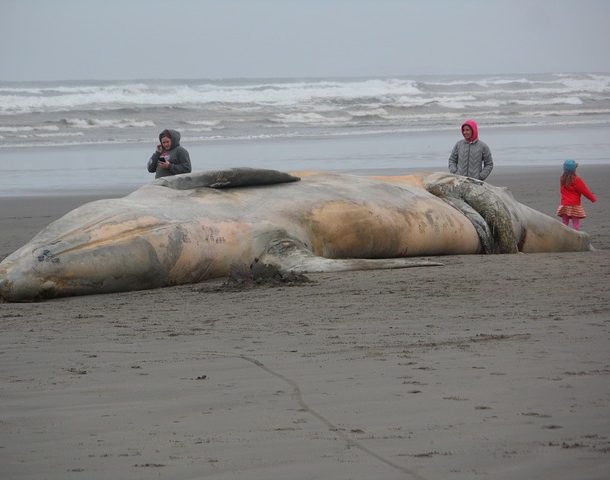 https://www.conserve-energy-future.com/intriguing-facts-about-plastic-pollution.php
https://www.conserve-energy-future.com/intriguing-facts-about-plastic-pollution.php The small amounts of plastic segments in the ocean and on land make it easy for animals to mistake it for food. Hundreds of thousands of animals are killed each year due to plastic pollution.
Americans throw away around 185 pounds of plastic each year
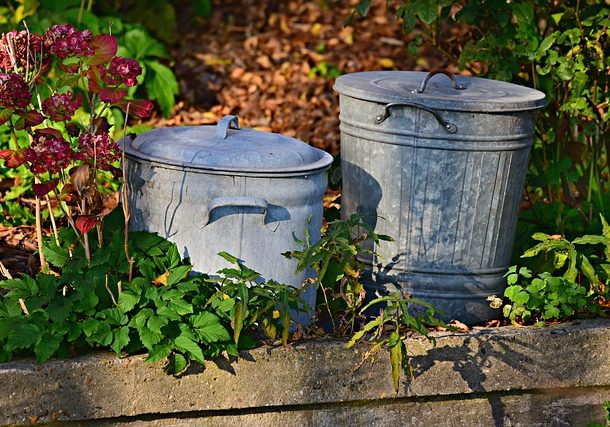 https://www.conserve-energy-future.com/intriguing-facts-about-plastic-pollution.php
https://www.conserve-energy-future.com/intriguing-facts-about-plastic-pollution.php According to US EPA archives, Americans recycled and composted 1.51 pounds of their individual waste. That is around 4.40 pounds per person per day.
500 million plastic straws are used each day
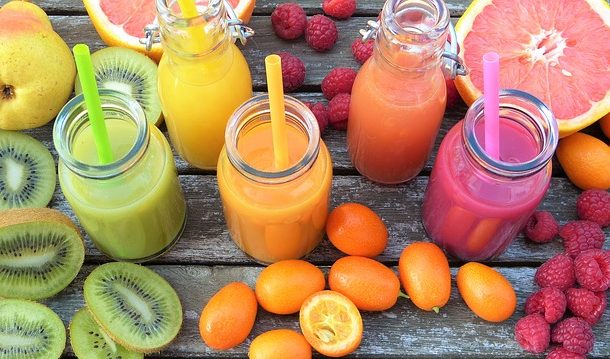 https://www.5gyres.org/plastic-straws/
https://www.5gyres.org/plastic-straws/ Plastic straws are in almost every fast food drink. It’s no wonder that they made 5 GYRES Ban List 2.0. Plastic straws are the top polluters to our beaches.
Many states and countries have banned or proposed a ban on drinking straws. So, what do you think? Should Plastic Drinking Straws Be Banned?
There are only 4 ways to deal with plastic
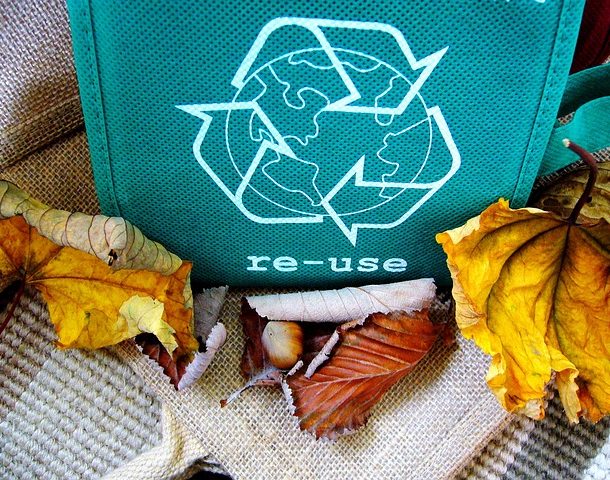 https://oceanconservancy.org/blog/2017/07/19/8-new-facts-plastic-care/
https://oceanconservancy.org/blog/2017/07/19/8-new-facts-plastic-care/ Plastic can either be recycled, converted to fuel or energy, destroyed, or thrown into natural environments. Of course, the best option option is to recycle or convert the plastic into fuel.
Half of the world's plastics are made in Asia.
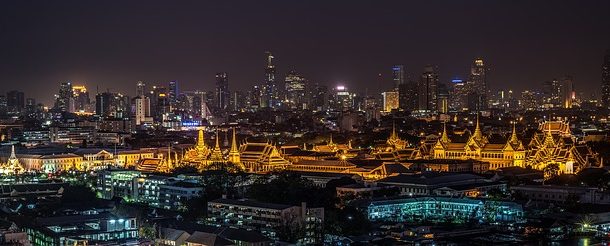 https://news.nationalgeographic.com/2018/05/plastics-facts-infographics-ocean-pollution/
https://news.nationalgeographic.com/2018/05/plastics-facts-infographics-ocean-pollution/ Asian countries like China, Indonesia, Thailand and the Philippines accounted for 60% of the plastic creeping into the ocean. China, Indonesia, and Vietnam produce the most of the plastic waste.
40 percent of plastic is made for packaging
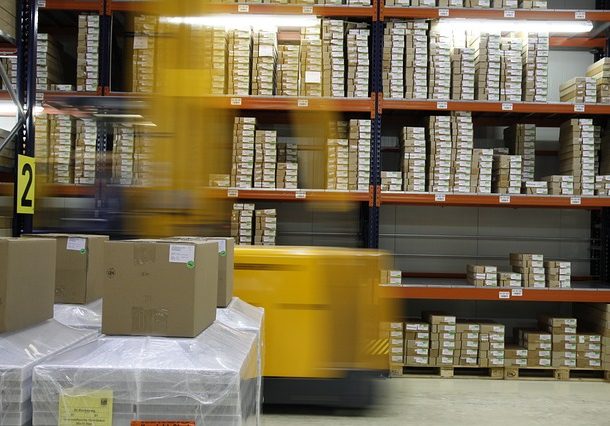 https://news.nationalgeographic.com/2018/05/plastics-facts-infographics-ocean-pollution/
https://news.nationalgeographic.com/2018/05/plastics-facts-infographics-ocean-pollution/ Packaging is another single use item we could do without. The second biggest plastic produced is for building and construction. The third is made for textiles.
It takes more water to make a bottled water than there is in the bottle.
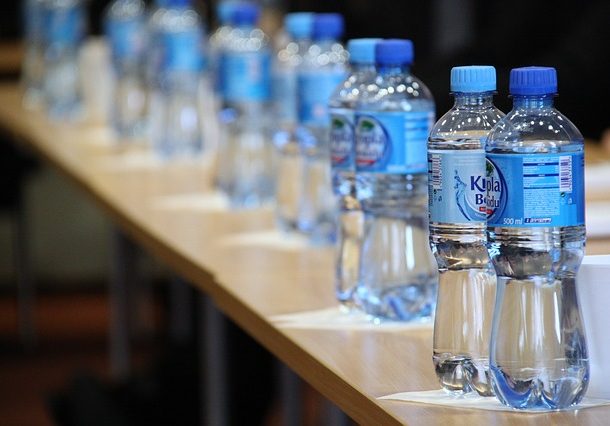 https://plasticoceans.org/the-facts/
https://plasticoceans.org/the-facts/ As confusing and sad as that may sound, it’s the truth. The process of making the actual water bottle requires six times as much water then what the bottle can hold.
14% of all litter comes from beverage containers
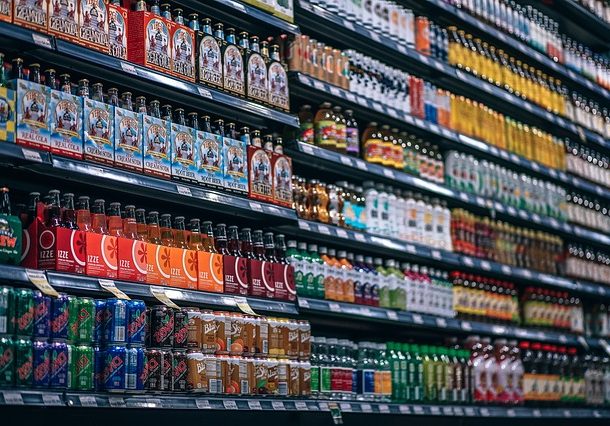 https://plasticoceans.org/the-facts/
https://plasticoceans.org/the-facts/ That figure does not include the caps and labels of bottled containers. By eliminating single use containers, we can significantly decrease litter.
100 Billion plastic bags are used by Americans every year.
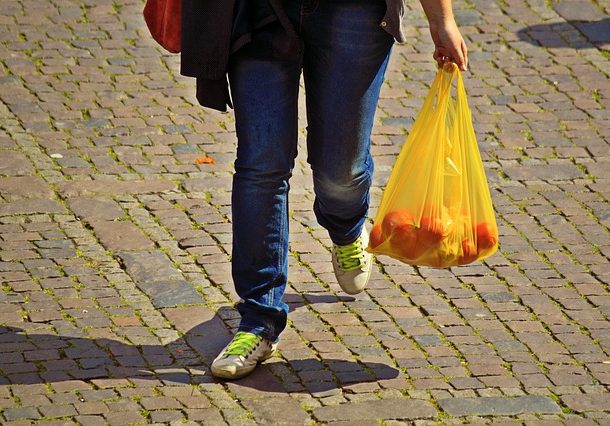 https://www.earthday.org/2018/03/07/fact-sheet-end-plastic-pollution/
https://www.earthday.org/2018/03/07/fact-sheet-end-plastic-pollution/ Unlike many other countries that have already banned plastic bags, Americans still use plastic bags in their everyday lives. In England, it is normal for people to bring their own reusable bags when they go grocery shopping or to the mall. If we stopped using plastic bags everyday, it would decrease our use of plastics.
Chemicals in plastic can make you gain weight.
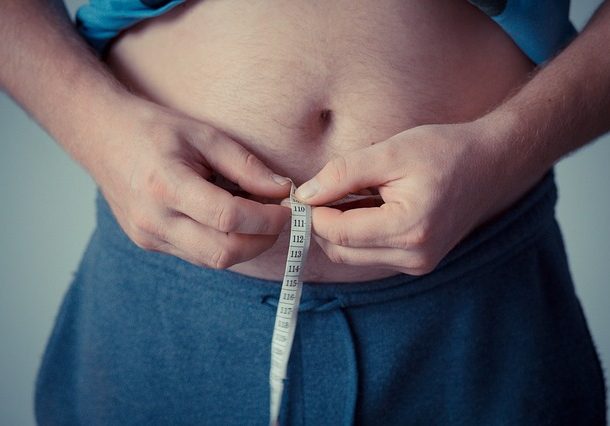 Source: https://ehp.niehs.nih.gov/doi/10.1289/ehp.1205063
Source: https://ehp.niehs.nih.gov/doi/10.1289/ehp.1205063 Bisphenol A (BPA) and Bisphenol A diglycidyl (BADGE) is a chemical used in plastic production. While it may not be the sole reason for obesity, it was discovered to cause weight gain by the Environmental Health Perspectives.
Microplastics are in our drinking water.
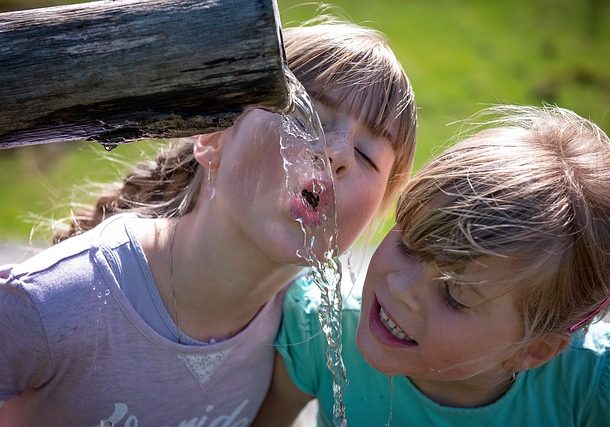 Source: https://www.earthday.org/2018/03/23/the-invisible-plastic-particles-in-our-drinking-water/
Source: https://www.earthday.org/2018/03/23/the-invisible-plastic-particles-in-our-drinking-water/ Microplastics are extremely tiny pieces of plastic debris. Since they are small in size, they are able to pass through most water filters. Studies have found Microplastics in 83% of tap water in major cities around the world.
Plastic pollution is too big of a problem for recycling to fix.
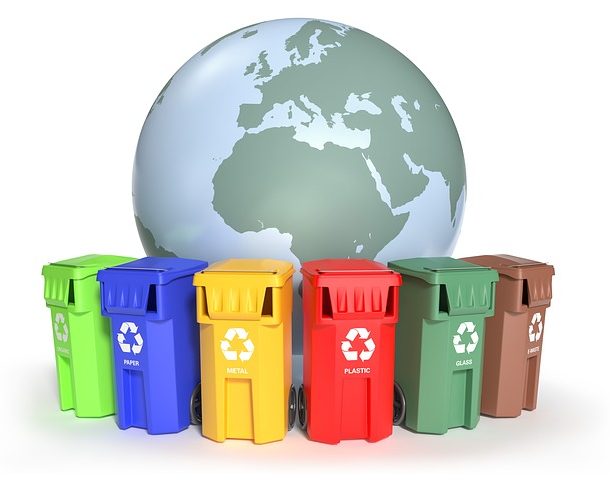 Source: https://www.theguardian.com/commentisfree/2018/jun/09/recycling-plastic-crisis-oceans-pollution-corporate-responsibility
Source: https://www.theguardian.com/commentisfree/2018/jun/09/recycling-plastic-crisis-oceans-pollution-corporate-responsibility Recycling is a good way to help reduce pollution caused by waste. However, with the amount of plastics currently being produced and the rate that plastics are decomposing, recycling only scratches the surface of a huge environmental problem. To see changes, we need a rapid slow down in plastic production.
Coral reefs are dying around the world
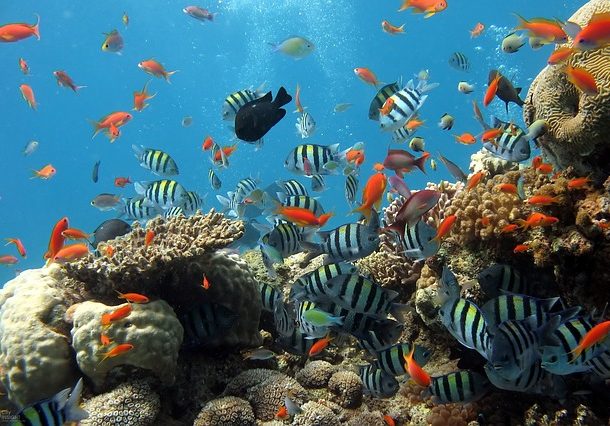 Source: http://www.qm.qld.gov.au/microsites/biodiscovery/05human-impact/importance-of-coral-reefs.html
Source: http://www.qm.qld.gov.au/microsites/biodiscovery/05human-impact/importance-of-coral-reefs.html Coral reefs are some of the biggest productive ecosystems on earth. They provide homes to many marine organisms. They also protect coastlines from the damaging effects of wave action and tropical storms and assist in carbon and nitrogen fixing. “More than 90% of the world’s coral reefs will die by 2050,” according to Independent. Bacteria from plastic is one of the reasons corals are spreading with disease.
In some countries it's illegal to use plastic.
 Source: https://www.globalcitizen.org/en/content/plastic-bans-around-the-world/
Source: https://www.globalcitizen.org/en/content/plastic-bans-around-the-world/ In Kenya, you could face up to four years in prison for using plastic bags. In 2018, the United Kingdom announced a 25-year plan to eliminate plastic waste introducing the ban on plastic straws, stirrers, and cotton buds. In Zimbabwe, those caught using expanded polystyrene, like styrofoam takeout containers, could be fined up to $500. In 2016, France became the first country to put a ban plastic cups, plates and cutlery.
The Great Pacific Garbage Patch is a real location in the U.S.
 Source: https://www.theoceancleanup.com/great-pacific-garbage-patch/
Source: https://www.theoceancleanup.com/great-pacific-garbage-patch/ The Great Pacific Garbage patch is located halfway between Hawaii and California (The exact location can be found on Google Maps). It mostly consists of plastic and microplastic that isn’t biodegradable. So, it’s not a literal island, but the estimated surface area is 617,763 square miles (1.6 million square kilometers). That’s around twice the size of Texas.
4 percent of the world's oil is used for plastic production.
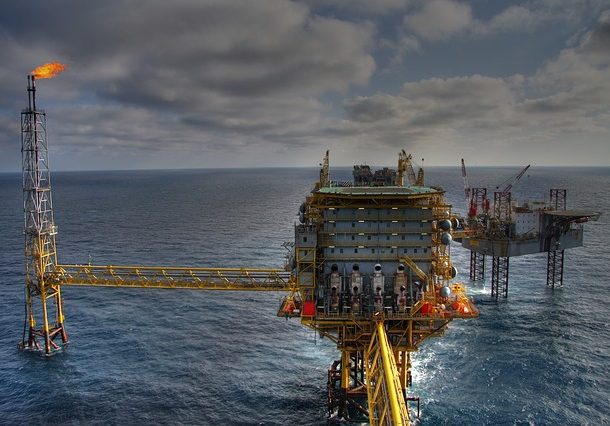 Source: https://www.scientificamerican.com/article/plastic-not-so-fantastic/
Source: https://www.scientificamerican.com/article/plastic-not-so-fantastic/ Oil is a treasured non-renewable resource. It supplies energy to fuel our vehicles, warm our homes and power industries all over the world. According to BP’s Statistical Review of World Energy, it would be easy to conclude that we’ll run out of oil in 55 years or sooner. By reducing or eliminating the production of plastic products, we would be able to save about 4% of the world’s oil.
Every piece of plastic ever created still exists somewhere in the world today.
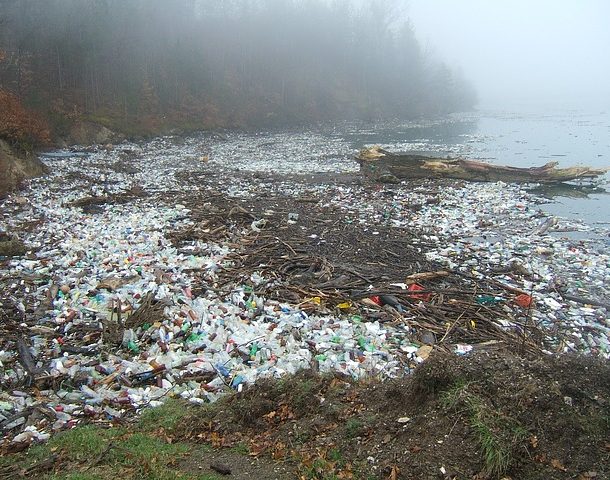
It can take up to 1,000 years for plastic to decompose in landfills. It will take trillions of years to fully get rid of all the landfills we have filled with plastics. Landfill facilities save space by burning plastic bottles which emit toxic pollutants into the air. By recycling plastic, you can help decrease the amount of plastic that ends up in landfills.
Plastic is killing our wildlife.
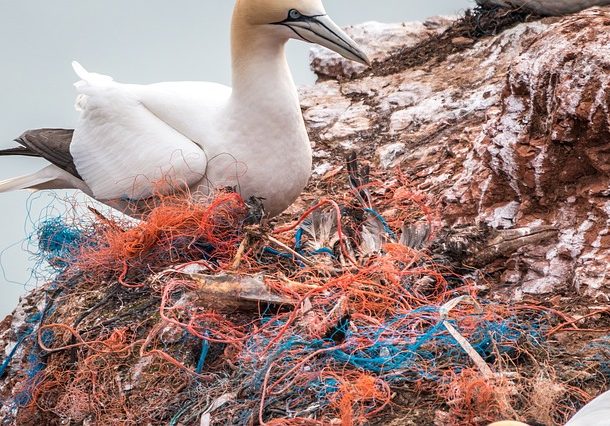 Source: https://www.biologicaldiversity.org/campaigns/ocean_plastics/
Source: https://www.biologicaldiversity.org/campaigns/ocean_plastics/ Plastic is consuming our oceans and sea life. Animals like seabirds, sea turtles, fish and seals are found either entangled in it or dead by consumption. 40 percent of the world’s ocean surfaces are covered in plastic waste.
Half the plastic we use, we only use once then throw it away.
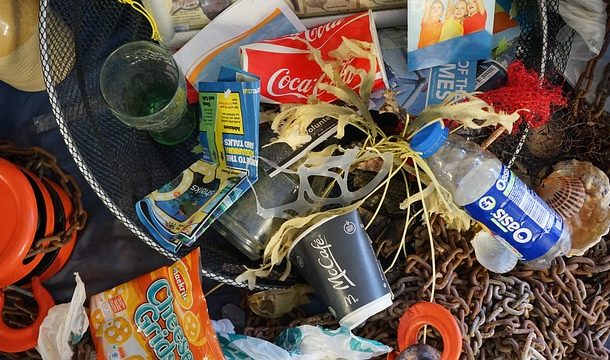 https://treetribe.com/blogs/tree-tribe-vibe/4-great-reasons-to-use-a-reusable-water-bottle
https://treetribe.com/blogs/tree-tribe-vibe/4-great-reasons-to-use-a-reusable-water-bottle By purchasing reusable items like straws, grocery bags, water bottles and containers, you’ll not only save money but you will help save the planet. 50 billion water bottles are used annually in the U.S. and only 23% of them are recycled.
Want even more facts? You need to read 25 Fascinating Facts about the Knights Templar.



























